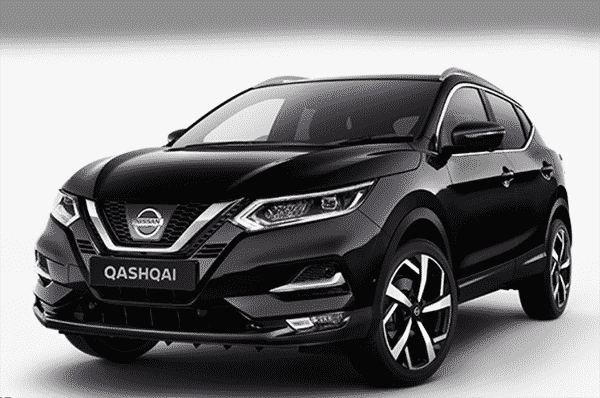2020 Nissan Qashqai Review
A nomadic central Asian tribe known for its Persian rugs. And one of Britain’s best-selling cars. The Nissan Qashqai is a small SUV (well, crossover) that we can probably blame for all the small SUVs. When it launched to quizzical looks over a decade ago, no one could have predicted just how many rivals and imitators would follow it. If only we could have warned everyone…
While the Qashqai led the genre it created for a long time, now the Seat Ateca, Mazda CX-5 and Peugeot 3008 – to name but three – have overtaken it. All-new versions of each have been launched since the second-generation Qashqai arrived in 2013, so to make sure it stays competitive, Nissan’s given its breadwinner another upgrade.
After 2017’s refresh which brought more dramatic styling and a posher interior (complete with new, unnecessarily flat-bottomed steering wheel) and the addition of ProPilot self-driving tech, there’s a further update bringing an all-new media system, with proper smartphone link-up on all but the entry level Qashqai Visia, and new engines.
The big news concerns petrol, with the old 1.2 and 1.6 turbos replaced by a pair of 1.3-litre four-cylinder turbos. That may sound piffling in a car this size, but with outputs of either 138bhp or 158bhp, they should off more than enough. And for extra cred, this 1.3 also appears in the Mercedes A-Class.
The higher-powered version is also the first Qashqai to come with the option of a twin-clutch automatic gearbox, making it the first DCT Nissan outside of the GT-R. If you want to stay diesel, you can; a 114bhp 1.5-litre DCI is the running cost champion, dipping as low as 100g/km of CO2, while in 2019 there’ll be a 148bhp 1.7-litre if you’d prefer a bit more performance, and that’ll the only Qashqai to offer all-wheel drive. The rest are front-driven.
One final thing to note is that the Qashqai is made in Great Britain, at Nissan’s Sunderland plant, which has consistently been the biggest producer of cars on our shores. So while fresher crossovers may be newer and shinier, it’s easy to make a case for buying local, especially as doing so takes a huge slice off the car’s life-cycle emissions, too.
Source topgear.com


